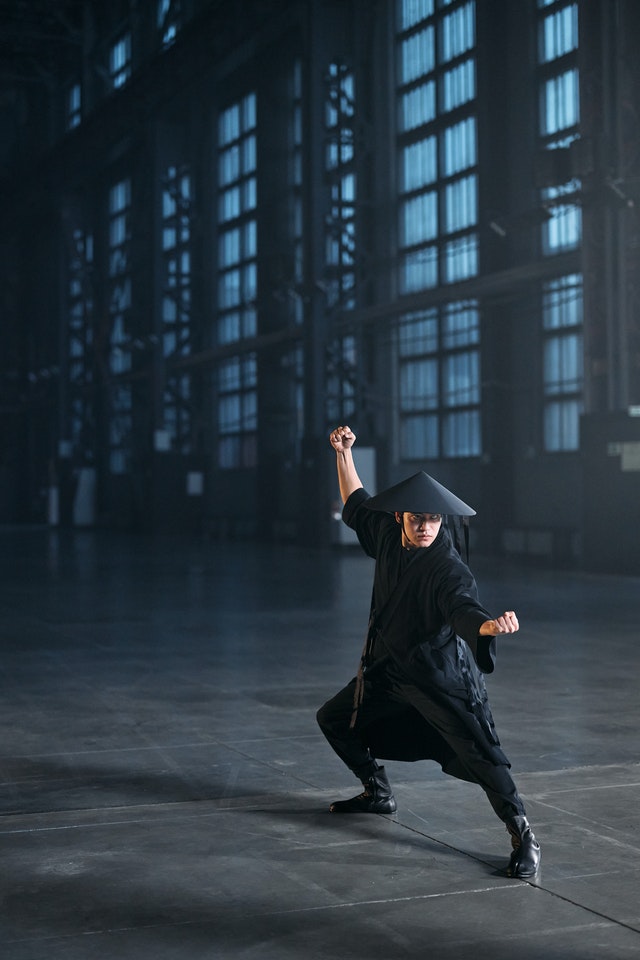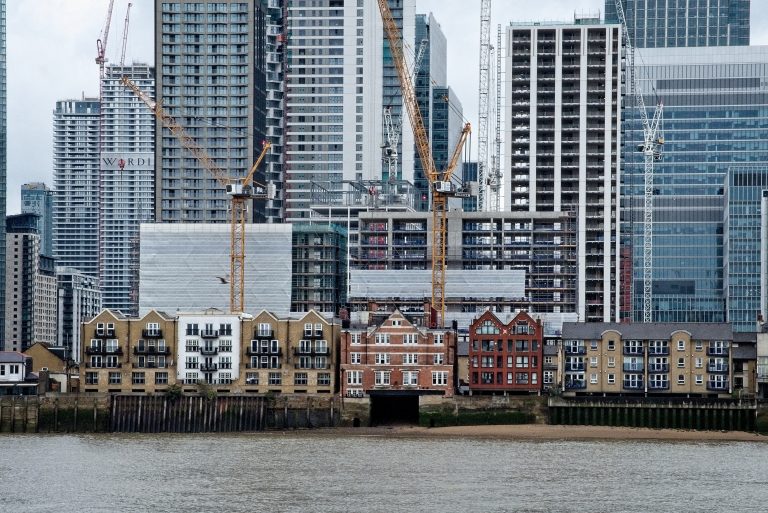How 5 Asian Stereotypes are Portrayed in American Films
Asians in American films have gone through many racist stereotypes and misrepresentations throughout history. In this day and age, positive representation is what people generally strive for. Learning about misrepresentation can help with what to do moving forward. Stereotypes can affect public opinion and how we view people of different backgrounds. If we educate ourselves to go beyond that, we can make a difference. Yellowface, martial artists, rebellious women, the model minority myth, and heavy accents. These are some of the central stereotypes Asians in America face:
Yellowface
In the early days, there was Dr. Fu Manchu. Nowadays, there’s a saturation of yellowface. Yellowface is a term for white actors to apply makeup to appear Asian. You would think that yellowface is a thing of the past, but it has been more prominent in recent years. Some movie examples of yellowface involve Dragonball: Evolution, The Last Airbender, Aloha, and Marvel’s Dr. Strange. These movies’ main or supporting characters replaced Asian roles with white actors.
Asians Only Know Martial Arts
Before Bruce Lee’s time, Asians in American films were portrayed as “servants, unskilled laborers or evil geniuses patterned after the Dr. Fu-Manchu character in early 20th-century Sax Rohmer novels”. Lee wanted to show the world that Asians weren’t just underlings and villains by performing his fighting skills. From there, films in America created a new stereotype for Asians, being martial arts experts. After Bruce Lee’s time, Jackie Chan and Jet Li solidified Hollywood’s use of Asians as martial artists. The controversy is the usual Asian-American will face harassment about how they “should know Karate,” leading to more racism towards Asians. I had to go through this kind of stereotype when I was younger. I didn’t know how to react because I never knew how to throw a punch or kick. It would make me feel uncomfortable, so I would usually laugh it off.
Dragons, Lotus Blossoms, and Rebels
White men have always fetishized Asian women since the early 20th century. At the time, many Chinese American women were treated as prostitutes – this came from the 1875 Page Act, which barred Asian women from coming into the United States. It made white people fear that Asian women were coming in as prostitutes to ruin their “pure” families and seduce white men. This was how the term was coined. A Dragon Lady is portrayed as an eastern Asian woman who is seductive and mysterious, sinister and sexy, who sometimes needs to be “civilized” for western culture. The Lotus Blossom Lady is a bit of the opposite. They’re the innocent, gentle, and obedient girls who need saving – just perfect for fulfilling a white man’s fetish. If Asian women aren’t a Dragon or Lotus Blossom Lady, you will most likely see them as young women with something like purple streaks running through their hair. It’s how American films portray Asian women as rebellious and edgy. It immediately became a racist trope, where Asian women can only play these three stereotypes.
What is the Model Minority Myth?
Suppose an Asian character isn’t fighting or acting exotic. In that case, they’re most likely a stereotypical successful person or nerd – super bright and in a very successful position. Sure, it’s nice to see Asians in more diverse roles. Still, when you realize the actual reason behind it, you’ll understand how it’s unfair to Asians in America. This assumption of greatness for Asian-Americans comes from the Model Minority Myth, believing Asians are always held to a standard where they live a privileged life. The Model Minority Myth separates Asians from other people of color, essentially framed where Asians don’t experience racism or hardships, which isn’t true. The Model Minority Myth started in a 1966 New York Times article emphasizing that Asian-Americans consisted of solid family values and focused on economic progress instead of political progress. This made Americans think Asians didn’t struggle and ignored them when Asian communities needed help with government-related issues. When this happens, non-Asians expect Asians to be intelligent and successful, thinking mainly about Chinese, Japanese, and Korean people. Thoughts are rarely put on South and Southeast Asians with these issues.
How Do Heavy Accents Reinforce Racism?
When Asian characters are on screen, you usually see them portrayed by East Asians or light-skinned others. You rarely see a dark-skinned southeast Asian. Even then, they still play as East Asian characters. When a South Asian actor is cast, they have a heavy accent to serve “comedic” purposes. An example would be Indian-American actor Karan Brar. When he’s not acting, he’s like any Asian-American with a neutral accent. Brar was in the Disney series “Jessie” and the earlier “Diary of a Wimpy Kid” films. He played as a small-framed kid with a heavy Indian accent. For those roles, he was used as a pushover. This stereotype reinforces how people view Indian men as pushovers with “funny” accents.
What can we Watch Instead?
Here is a short list of movies and tv shows that break Asian stereotypes. The Fast franchise is a bit funky, but Han isn’t a stereotype!
- Kim’s Convenience
- The Half of It
- Star Trek
- Better Luck Tomorrow
- Fast & Furious Franchise
- Love Hard
Although Asian-Americans will always go through racism and hardships, it’s essential to know how much progress is made in American cinema. Moving forward, breaking these stereotypes can bring positive representation to all Asians in America as well as improve diversity and inclusion efforts.



